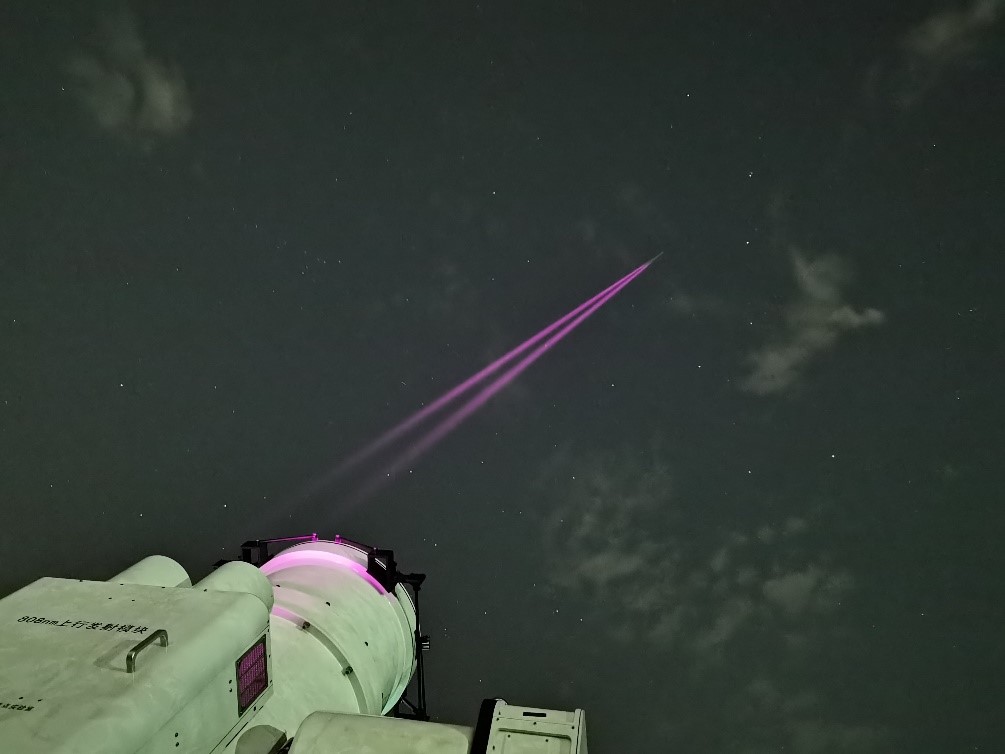China Achieves Milestone in Satellite-to-ground Laser Communications
Jul 04, 2023
The Aerospace Information Research Institute (AIR) under the Chinese Academy of Sciences (CAS), in partnership with the Changguang Satellite Technology, successfully conducted a satellite-to-ground laser communication experiment at a speed of 10 gigabyte per second (GB/s) using self-developed 500-millimeter-diameter ground system and Jilin-1 satellite.
The experiment obtained good-quality satellite payload data, which will meet the requirements of high-standard commercial applications. This experiment demonstrated that China has successfully realized the engineering application of satellite-ground laser high-speed communication, marking that China's satellite-to-ground communication has entered the 10Gbps/s era.
LI Yalin, head of the laser ground system at AIR, said that global satellite-ground communication currently relies on microwave technology, although microwave bandwidth are limited, and cannot transmit massive amounts of data.
By contrast, laser spectrum resources are extremely rich, and can reach transmit speed up to 1000 times higher than existing microwave communications.
"If the bandwidth is compared to a road, then the X band is one lane, the Ka band is four lanes”, he said, “lasers, meanwhile, can accommodate hundreds or even thousands of lanes.
“With laser communication, it is possible to transmit a high-definition movie within one second, which is 10 to 1,000 times faster than the current microwave communication method.”
Because the divergence angle of laser is very small and the energy is highly concentrated, the power density received by the laser ground system is high, so the satellite can be lightweight and realize ultra-high-speed communication with much less volume, weight, and power consumption than the microwave communication payloads.
In addition, the use of laser as carrier to transmit and receive data can also significantly improve the security of satellite-to-ground communication, thanks to its strong anti-electromagnetic interference ability and good direction.
In line with commercial application standards, the team completed satellite-to-ground collaboration task planning and finished experimental processes such as bidirectional laser signal acquisition, stable signal chain building and adaptive optical correction, realizing high-speed and highly reliable satellite-to-ground laser communications under unsteady channels.
According to Prof. WU Yirong, Director-general of AIR, the massive data obtained by Chinese remote sensing satellites cannot be transmitted to ground in time, which had seriously affected the effectiveness of satellites.
“The establishment of a national ground station network for satellite laser communication based on the existing microwave ground stations, will help resolve bottlenecks in satellite-to-ground communications in China, and provide technical services across multiple applications”, said Prof. Wu.

An image of Doha, the capital of Qatar, transmitted by China’s Jilin-1 MF02A04 satellite. (Image by AIR)

Laser communication ground system emits uplink laser beams. (Image by AIR)



News & Events